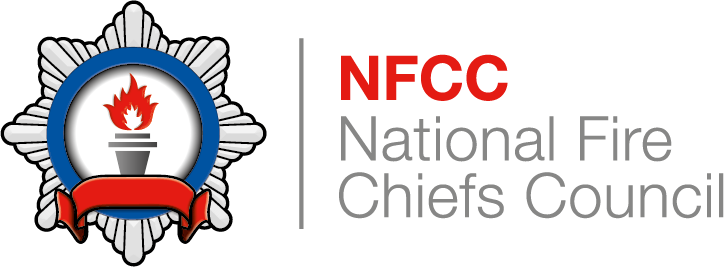Glossary
| Name | Acronym | Description |
|---|---|---|
| Actuation | The activation of a mechanism or system |
|
| Acute | Severe, often dangerous, condition in which relatively rapid changes occur. |
|
| Adiabatic | Rapid change in pressure |
|
| Advanced Mobile Location | AML | Location information which is available from most smartphones. |
| Aerial fuels | Any fuel found at a height of more than 3.5 metres above the ground surface |
|
| Airside | The controlled area of an airport only accessible through security gates, that requires all fire and rescue service vehicles to be escorted by leader vehicles unless drivers have the required airside permit to drive license issued by the airport operator. |
|
| Airwave | The common, secure digital radio system used by the emergency services and others in the resilience and security community. |
|
| Alarm receiving centre | ARC | Alarm companies monitor automatic fire alarms and provide actuation details to the fire control room, either by alarm centre staff dialling a pre-determined telephone number and passing the call verbally, or by the generation of an electronic message to the fire control room. |
| Alcohol-resistant aqueous film-forming foams | AR-AFFF | Alcohol-resistant foams contain a polymer that forms a protective layer between the burning surface and the foam, preventing foam breakdown by alcohols in the burning fuel. |
| All lane running | ALR | The permanent conversion of the hard shoulder to a running lane on a motorway, whilst retaining the ability to dynamically control traffic. |
| Anaphylaxis | An acute allergic reaction to an antigen (for example, a bee sting) to which the body has become hypersensitive. |
|
| Animal welfare charities | This includes:
|
|
| Aqueous film-forming foam | AFFF | Low-expansion foams such as AFFF are low-viscosity, mobile, and able to quickly cover large areas. |
| Areas of nature conservation | ANC | Areas of nature conservation are important sites designated and protected for being the best examples of their characteristic wildlife and geology. Also see Areas of Special Scientific Interest (ASSI) and Sites of special scientific interest (SSSI). |
| Areas of Outstanding Natural Beauty | AONB | The legal designation is ‘Area of Outstanding Natural Beauty’, but now referred to as National Landscapes. They are 46 areas within England, Wales and Northern Ireland safeguarded in the national interest for their distinctive character and beauty. |
| Areas of Special Scientific Interest | ASSI | Areas of Special Scientific Interest (ASSI) are important sites designated and protected for being the best examples of their characteristic wildlife and geology in Northern Ireland. Also see Areas of nature conservation (ANC) and Sites of special scientific interest (SSSI). |
| Automated external defibrillator | AED | An automated external defibrillator (AED) is a portable electronic device that automatically diagnoses the life-threatening cardiac arrhythmias of ventricular fibrillation and ventricular tachycardia in a patient. It is able to treat them through defibrillation, the application of electrical therapy which stops the arrhythmia, allowing the heart to re-establish an effective rhythm. |
| Automatic deployable emergency locator transmitter | ADELT | An emergency transmitter used on helicopters operating off shore, which gives a continuous signal for search and rescue aircraft to locate. |
| Auxiliary power units | APU | A device on a mode of transport that provides energy for functions other than propulsion, such as ventilation, hydraulics and pneumatics. They may be found on aircraft, vessels and large road and industrial vehicles. |
| Backwash | A backward flow or movement, usually of water or air, produced especially by a propelling force. |
|
| Bag valve mask | BVM | A manual resuscitator or self-inflating bag is a handheld device commonly used to provide positive pressure ventilation to casualties who are not breathing or not breathing adequately. |
| Ballast | Rail: Crushed stone, nominally 48mm in size and of prescribed angularity, used to support sleepers, timbers or bearers both vertically and laterally. Vessels: Heavy material used to help keep a vessel stable. |
|
| Bariatric | The most commonly accepted and consistent language for identifying and defining bariatric patients has been through the use of the Body Mass Index (BMI), which is used to measure weight in relation to height. The World Health Organization describes people who have a BMI greater than 30 as obese, and those having a BMI greater than 40 as severely obese. |
|
| Basement | A storey with a floor which at some point is more than 1200mm below the highest level of ground adjacent to the outside walls, also described as a storey which is below the level of the ground storey. |
|
| Bilge | The bilge is the lowest part of a vessel where the bottom curves up to meet the sides. The water that collects there is also called bilge. |
